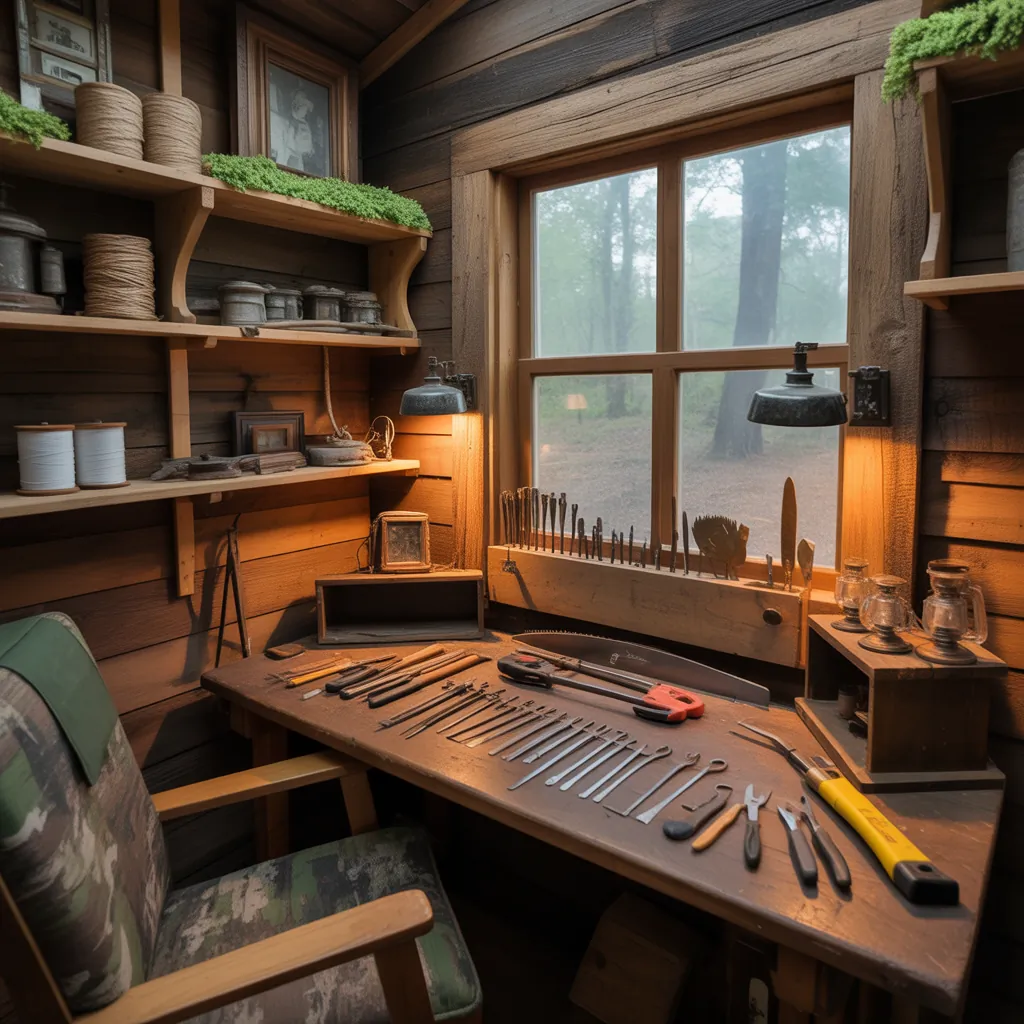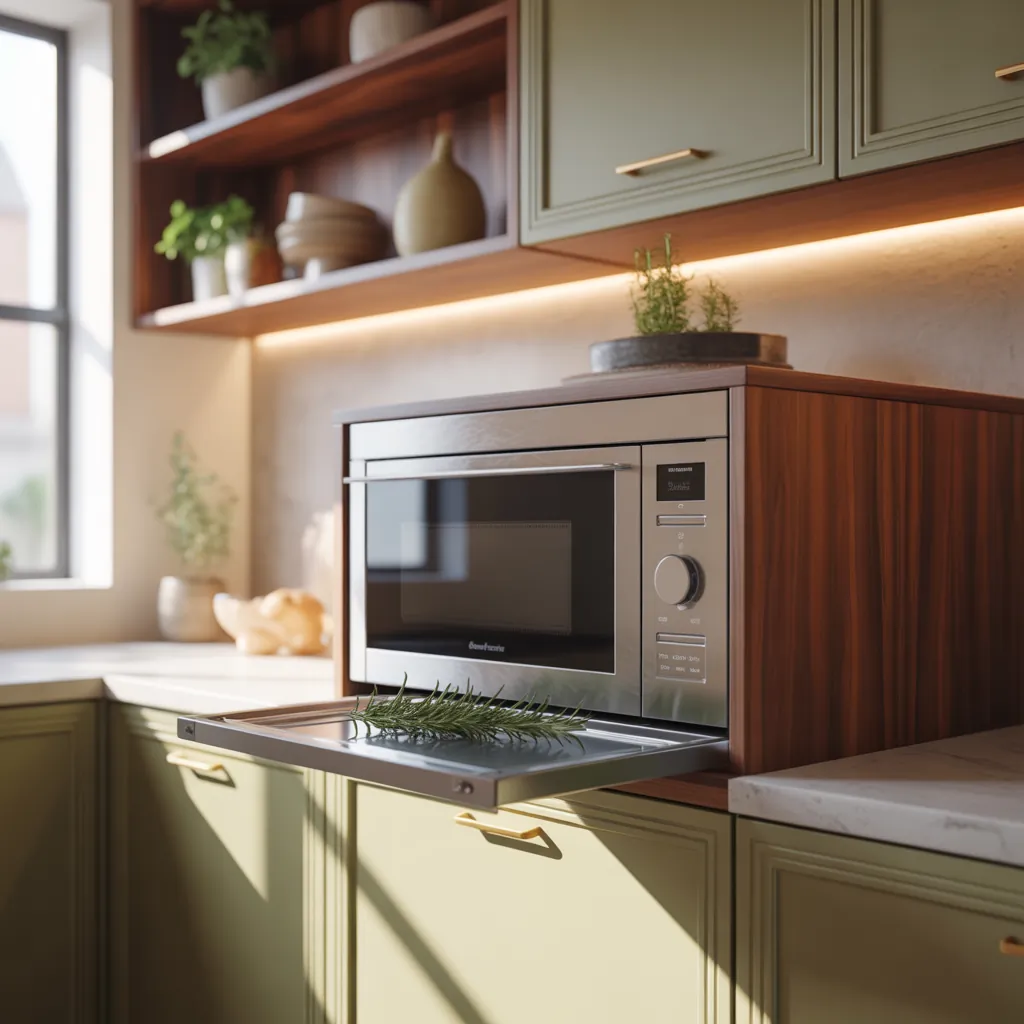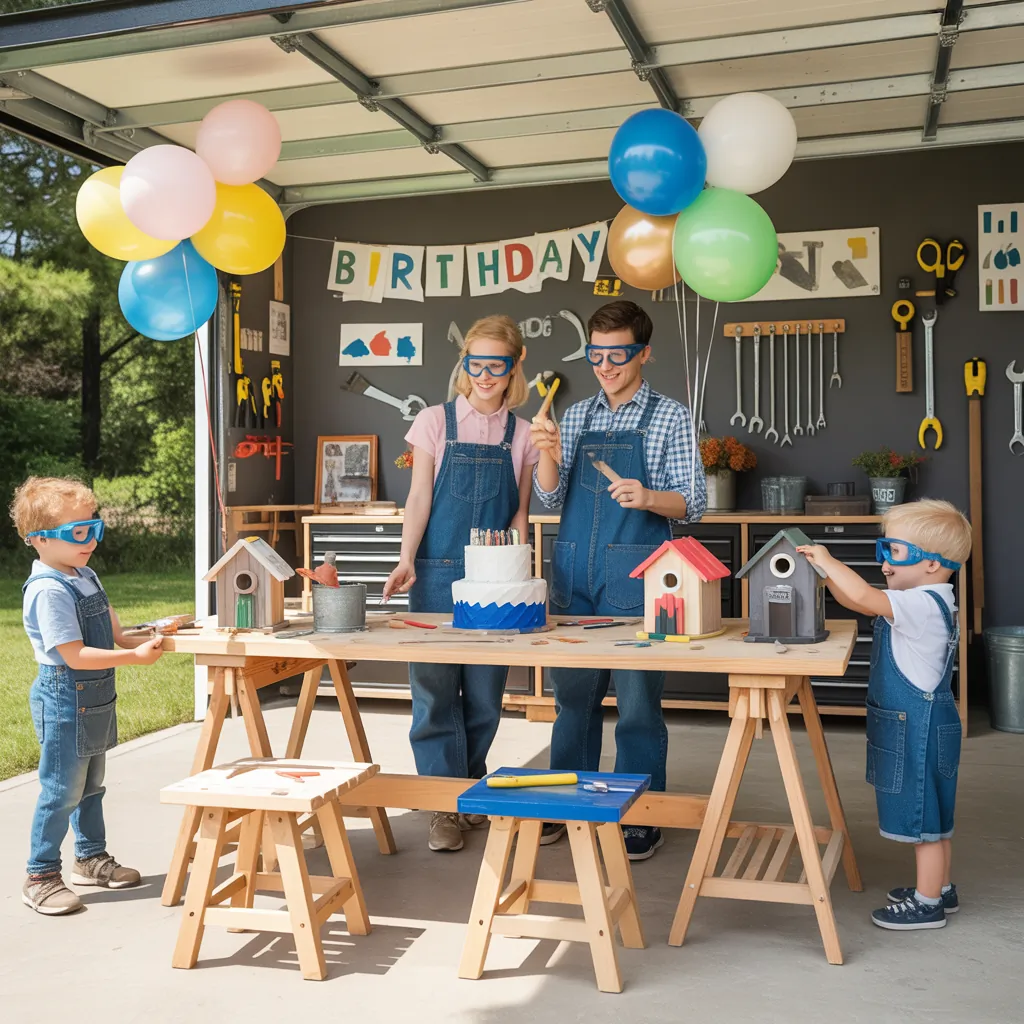Ever crawled into a cramped deer blind at sunrise, shivering, fumbling for your thermos, and thinking, “This could really use a makeover”? Whether you hunt weekly or use a blind for wildlife photography, a thoughtful interior design can make long sits more comfortable, quieter, and more effective. In this post I’ll walk you through practical, budget-friendly deer blind interior design ideas that blend camouflage function with creature comforts and DIY flair.
Why Interior Design Matters in a Hunting Blind
Good interior design in a hunting blind is more than aesthetics. It boosts comfort, reduces noise, improves scent control, and helps you stay concealed. Treating the interior like a tiny cabin — optimizing seating, insulation, lighting, and gear storage — makes cold mornings longer and slow-moving game less likely to spook. These hunting blind decorating tips and small-space shelter design strategies will help you build a blind that’s both cozy and tactical.
Core Principles Before You Start
- Quiet Materials: Choose fabrics and finishes that don’t creak — think felt, foam, and soft rubber.
- Camouflage Palette: Stick to natural earth tones, muted greens, and broken patterns to break up silhouettes.
- Odor & Temperature Control: Incorporate ventilation, scent-blocking storage, and insulation for year-round use.
- Function over Clutter: Prioritize shooting lanes, clear sightlines, and organized gear storage.
Deer Blind Interior Design Ideas
Below are actionable design concepts you can implement in stages. Pick a few that match your budget and skills.
1. Layout & Sightlines: Plan Like a Sniper
- Measure the blind interior and sketch a floor plan. Leave a 3–4 foot shooting lane across each window.
- Position seating so you can pivot silently. A swivel hunting stool or low-backed chair reduces movement.
- Install an adjustable shooting rest or simple foam-padded rail at window height for stability.
2. Seating & Comfort Upgrades
- Add a fold-down bench with storage beneath for boots and scent-proof containers.
- Use insulated, washable seat pads with non-slip backing. Memory foam works well for longer sits.
- Consider a compact heater rated for enclosed spaces (use carbon monoxide alarm and ventilation) or hand warmers stored in an insulated pocket.
3. Soundproofing & Quieting Tips
Sound kills hunts. Use acoustic foam panels behind fabric, carpet the floor with thin rubber underlay plus outdoor rugs, and wrap shelving edges with felt. Replace rattly screws with nylon washers and lubricate hinges with silicone to eliminate squeaks.
4. Camouflage & Lighting
- Paint interior surfaces in matte earth tones to avoid light reflection.
- Apply removable camo netting or natural baffles at window edges to blend your outline.
- Install low-intensity red LED strips for map reading and gear checks that won’t ruin night vision.
5. Ventilation, Insulation & Scent Management
Proper airflow keeps condensation and odors under control. Line walls with thin closed-cell foam for insulation, then cover with canvas or burlap for a natural look. Use scent-proof boxes and a small battery-powered fan to exchange air quietly.
6. Multi-Use Upgrades for Photography & Birdwatching
If you use the blind for wildlife photography, add a padded camera shelf with shutter-release holes and a removable tripod port. Use darker fabrics around viewing ports to reduce glare on lenses.
DIY Step-by-Step: A Simple Interior Makeover
This project focuses on comfort, sound control, and storage. Expect 4–8 hours of work and a modest budget.
- Clear and clean the blind. Remove loose debris and check for leaks.
- Measure wall panels and cut closed-cell foam insulation to fit. Adhere with spray-on adhesive.
- Cover foam with heavy-duty canvas, stapling neatly to wooden studs. This creates a quiet, toss-resistant surface.
- Install a fold-down bench or compact swivel stool anchored to studs. Add a cushion with non-slip backing.
- Add 1–2 camo net panels on hooks for quick window concealment; install low-profile red LED strip lighting near the ceiling.
- Build simple shelving with brackets and wood planks; line with felt to reduce noise from stored gear.
- Test the blind by moving around quietly; tighten loose fittings and replace any noisy hardware.
Budget-Friendly Materials & Tool Checklist
- Materials: closed-cell foam, canvas or burlap, felt, camo netting, red LED strip, screws with nylon washers, indoor/outdoor rugs
- Tools: measuring tape, utility knife, staple gun, cordless drill, spray adhesive, saw (for shelving)
Maintenance & Seasonal Tips
- After each season, air out the blind and remove any moisture traps to prevent mold.
- Touch up matte paint and replace worn textiles before cold months.
- Store scent-sensitive gear in sealed containers and rotate activated carbon packs as needed.
Design Inspiration: Styles That Work
- Rustic Cabin: Burlap walls, wooden bench, lantern-style red lights for a warm, timeless feel.
- Minimal Tactical: Matte black fittings, modular shelving, and compact, functional seating.
- Natural Hide: Earth-tone fabrics, plant brush attachments, and irregular patterns to mimic vegetation.
Frequently Asked Questions
1. How do I keep a deer blind scent-free?
Use scent-proof storage for clothing and feed, wash gear with scent-free detergents, and install a small battery-powered ventilation fan. Keep food sealed and avoid smoking or scented products inside the blind.
2. What’s the best seating for long sits?
A swivel hunting stool or low-profile padded bench with lumbar support and a non-slip base are ideal. Memory foam pads reduce pressure points, and a fold-down option saves space.
3. Can I insulate a portable blind without adding much weight?
Yes—closed-cell foam sheets are lightweight, moisture-resistant, and easy to cut. Attach thin foam to walls with spray adhesive and cover with canvas for added durability and a natural look.
Conclusion: Start Your Deer Blind Interior Design Today
Whether you want to upgrade an old tower blind or outfit a portable box, these deer blind interior design ideas will make your time outdoors more comfortable, quieter, and more productive. Start with small changes—insulation, seating, and sound control—and build toward a fully customized shelter. Ready to tackle the project? Check out our DIY projects page for detailed step-by-step guides, or browse more home design ideas to adapt techniques to your blind. Share your makeover plans or questions below — let’s build better blinds together.
Call to action: Want project plans or shopping lists tailored to your blind size? Drop a comment or visit our DIY projects and home design ideas pages to get started.



